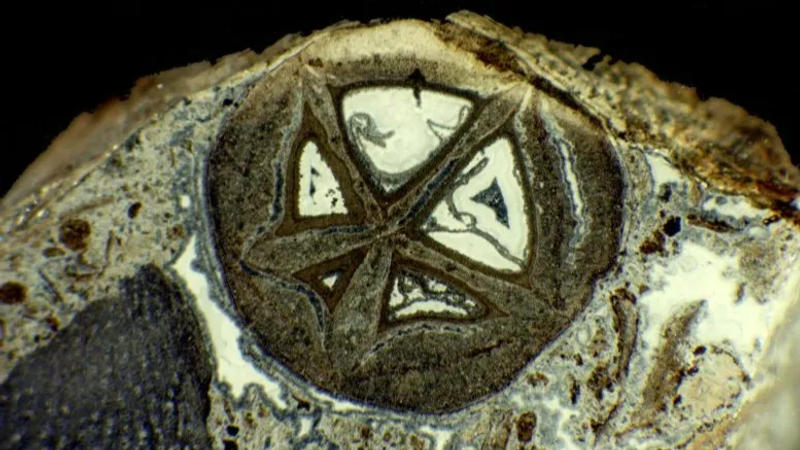Published 18:54 IST, December 24th 2023
Paleontologists find the origin of oldest known fossil of a fruit found in India | DEETS Inside
In a milestone discovery, palaeontologists have found that the mysterious fossil of a fruit found in India in the 1970s belonged to the Frankincense family.

CT scanning of small fossil fruit found in India in 1970s | Image:
Steven Manchester
- Listen to this article
- 3 min read
Advertisement
18:53 IST, December 24th 2023
